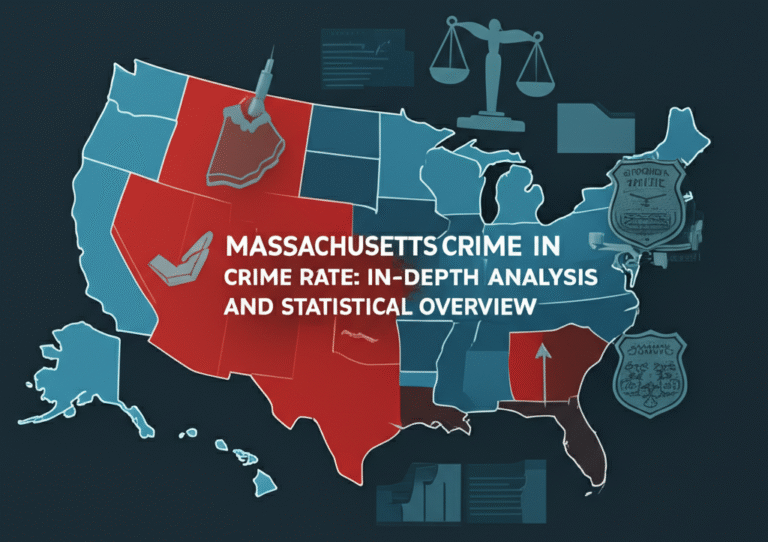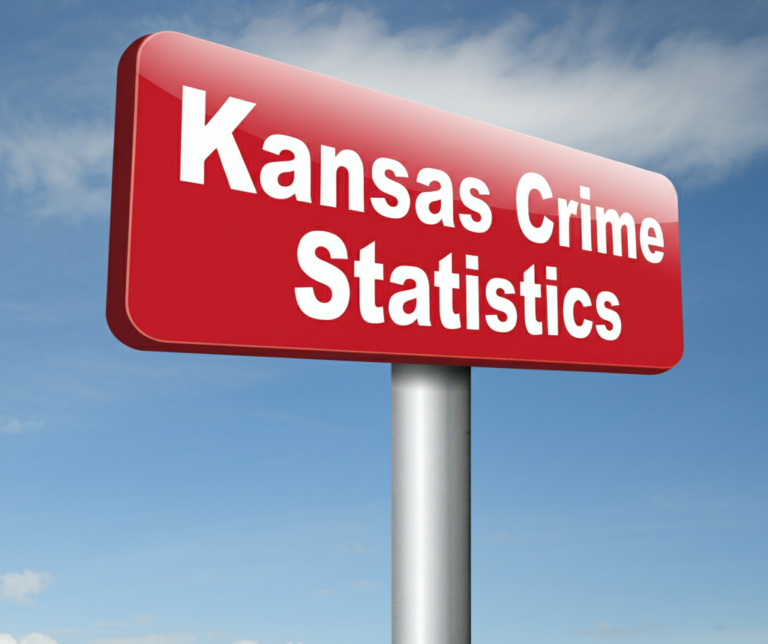Kentucky Crime Rate: Statistics, Trends, and Safety Insights
Did you know that the Kentucky crime rate shows residents are far more likely to experience theft or burglary than violent offenses? Across the scenic Bluegrass State—home to bustling cities and peaceful countryside alike—crime statistics reveal intriguing contrasts. Kentucky law enforcement agencies tirelessly address these challenges, yet crime dynamics differ significantly between urban hubs and rural communities. While Kentucky proudly maintains an overall crime rate below national averages, specific areas grapple with higher rates, particularly property crimes such as theft.

This article provides an in-depth look at Kentucky’s crime statistics, identifies evolving trends, and delivers valuable safety insights for residents and visitors. We’ll explore the forces driving crime rates, assess law enforcement strategies across various regions, and spotlight the safest communities statewide.
Join us on a detailed journey through Kentucky’s public safety landscape, where data meets daily life, helping you better understand risks and discover the communities leading the way in security and peace of mind.
Kentucky Crime Rate Overview

Kentucky’s crime rate presents a mixed picture of public safety across the state. In 2023, authorities recorded 80,400 total crimes, with violent crime accounting for 10,153 incidents and property crime making up the majority at 70,247 cases. These numbers translate to rates of 2.24 violent crimes and 15.52 property crimes per 1,000 residents – both below national averages. While urban areas see higher crime concentrations, Kentucky’s overall crime density of 22 incidents per square mile remains lower than the national median of 26.5.
- Total crimes reported: 80,400
- Violent crimes: 10,153
- Property crimes: 70,247
Violent Crime Statistics in Kentucky

Looking at violent crime across Kentucky, the state shows better numbers than much of the country. In 2023, authorities recorded 275 homicide cases, 1,774 robbery incidents, and 6,589 assault offenses. These translate to a violent crime rate of 2.24 per 1,000 residents – significantly lower than the national median of 4.0. The FBI’s Uniform Crime Reports show Kentucky’s violent crime rates consistently fall below national averages for all major categories.
- Chances of becoming a victim of violent crime: 1 in 446
| Crime Type | Reported Incidents | Rate per 1,000 |
|---|---|---|
| Murder | 275 | 0.06 |
| Rape | 1,515 | 0.33 |
| Robbery | 1,774 | 0.39 |
| Assault | 6,589 | 1.46 |
Property Crime Statistics in Kentucky
Examining property crime in Kentucky reveals that theft is by far the most common offense, with 46,846 reported cases in 2023. Burglary accounted for 10,521 incidents, while motor vehicle theft made up 12,880 cases. These numbers translate to property crime rates that are lower than national averages, though still significant enough to warrant attention. Kentucky residents face a 1 in 64 chance of experiencing property crime, with theft being particularly prevalent in urban areas.
- Chances of becoming a victim of property crime: 1 in 64
| Crime Type | Reported Incidents | Rate per 1,000 |
|---|---|---|
| Burglary | 10,521 | 2.32 |
| Theft | 46,846 | 10.35 |
| Motor Vehicle Theft | 12,880 | 2.85 |
Kentucky Crime Rate vs. National Average

When comparing Kentucky’s crime statistics to United States averages, the state shows better numbers for both violent and property crimes. This crime comparison reveals Kentucky’s violent crime rate (2.24 per 1,000) sits significantly below the national median (4.0), while property crimes (15.52) also fall under the U.S. median (19.0). These figures contribute positively to national security metrics, showing Kentucky as one of the safer states overall. The lower crime density of 22 incidents per square mile compared to the national median of 26.5 further confirms this trend.
| Crime Type | Kentucky Rate | National Median |
|---|---|---|
| Violent Crime | 2.24 | 4.0 |
| Property Crime | 15.52 | 19.0 |
Crimes Per Square Mile in Kentucky

Kentucky’s crime density of 22 incidents per square mile shows the state is safer than much of the country, where the national median stands at 26.5. This lower concentration of criminal activity reflects positively on public safety efforts by law enforcement across urban and rural areas. While cities naturally have higher crime density, Kentucky’s wide open spaces help dilute the overall figures, making it one of the less crime-dense states in America.
- Kentucky: 22 crimes per square mile
- National median: 26.5 crimes per square mile
Top 10 Safest Cities in Kentucky

For those prioritizing public safety, these safest cities in Kentucky offer residents exceptional security with crime rates well below state and national averages. These communities demonstrate that safety can be found throughout the Bluegrass State, from small towns to larger suburban areas. While urban centers typically see higher crime rates, these locations prove that peaceful living is achievable in Kentucky.
| Rank | City |
|---|---|
| 1 | Clarkson |
| 2 | Buckhorn |
| 3 | Arjay |
| 4 | Belfry |
| 5 | Bradfordsville |
| 6 | Bremen |
| 7 | Brooksville |
| 8 | Bedford |
| 9 | California |
| 10 | Cleaton |
Popular Cities in Kentucky and Their Crime Rates
Kentucky’s most popular cities show varied crime statistics, with urban centers typically having higher rates than rural areas. Lexington and Louisville account for a significant portion of the state’s criminal activity, while smaller cities like Bowling Green and Owensboro maintain lower crime rates.
| City | Violent Crime Rate | Property Crime Rate |
|---|---|---|
| Lexington | Higher than state average | Above state average |
| Louisville | Highest among major cities | Significantly above average |
| Bowling Green | Below state average | Slightly above average |
| Owensboro | Below state average | Near state average |
Crime Data Methodology and Sources
The official statistics in this report come from a comprehensive collection process involving 18,000 law enforcement agency reports across the U.S. This data methodology ensures accurate and consistent reporting by analyzing millions of crime records while accounting for potential reporting gaps. The FBI’s Uniform Crime Reporting program standardizes these figures, allowing for reliable comparisons between Kentucky and national crime trends.
- Source: 18,000 local law enforcement agencies
- Data reflects nationwide meta-analysis of 9.4 million reported crimes

Conclusion
In conclusion, the analysis of crime statistics in Kentucky reveals a state that, while facing its share of challenges, stands as a testament to the effectiveness of law enforcement and criminal justice systems in maintaining public safety.
The data underscores the importance of continued vigilance and innovation in addressing violent crime and property crime, ensuring that Kentucky remains a safe place for its residents and visitors alike. The role of social institutions, public policy, and community engagement cannot be overstated in the ongoing effort to reduce crime rates further.
By focusing on the root causes of crime, such as social issues and problem behavior, Kentucky can continue to improve its safety metrics and serve as a model for other states. The commitment to justice and public safety is evident in the state’s below-average crime rates, a achievement that reflects the hard work of law enforcement agencies and the resilience of Kentucky’s communities.





